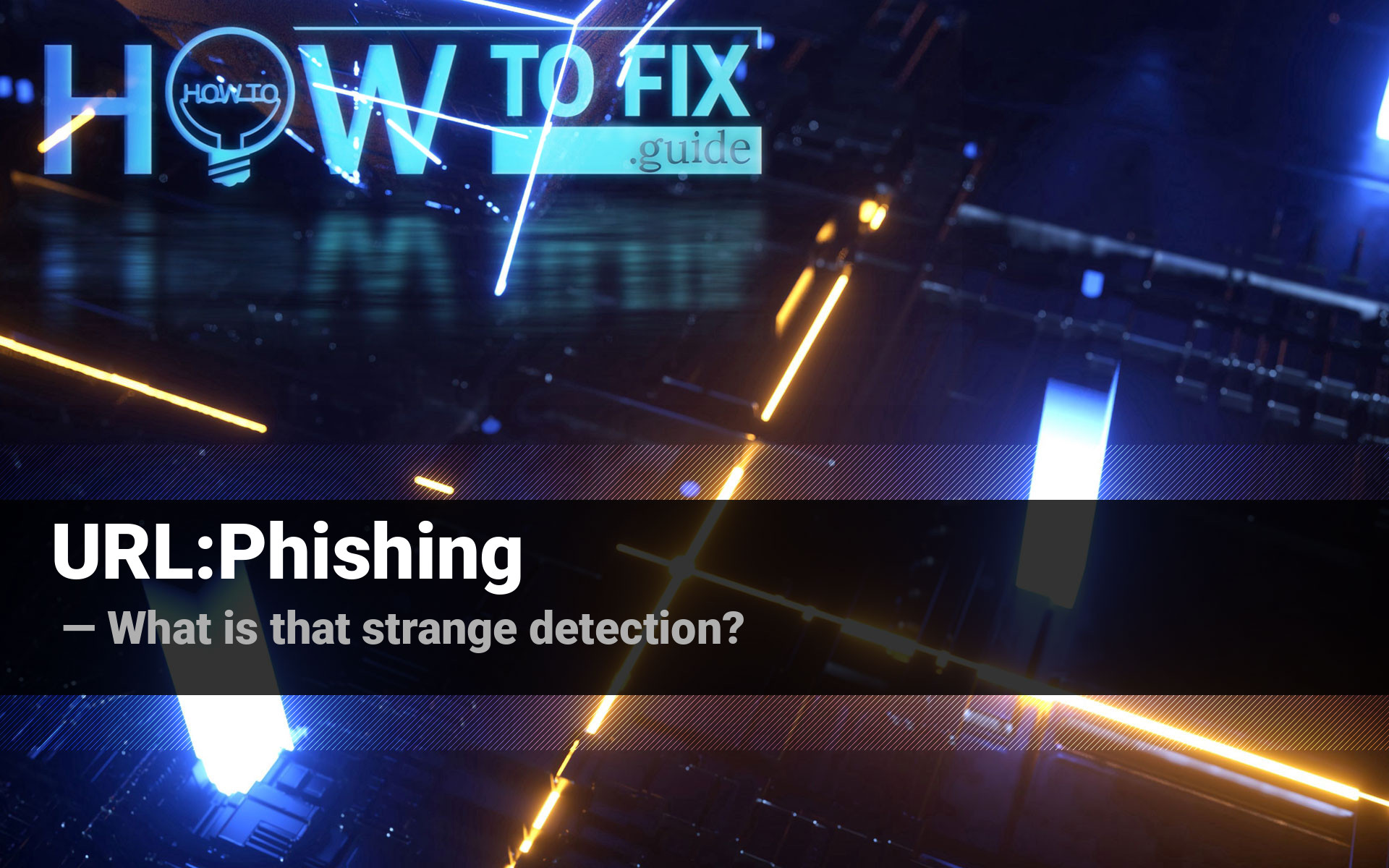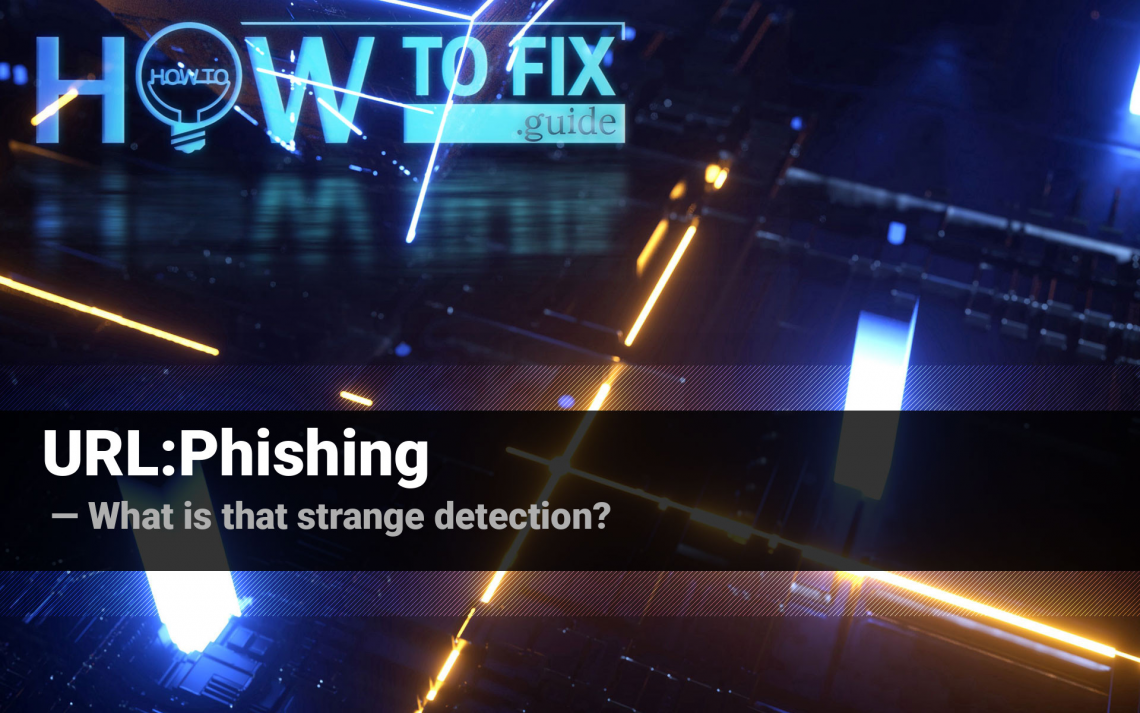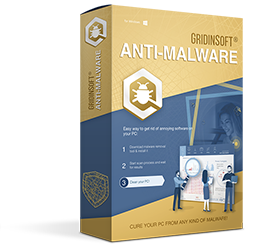Antivirus software such as Avast, Avira, and AVG utilize the label “URL:Phishing” to identify websites that may potentially pose a threat during browsing. While some situations may not require immediate concern, the presence of this label indicates the possibility of different types of malware on your PC. This article aims to explore the reasons behind the appearance of URL:Phishing and provide effective techniques for removing malware from your system.
URL:Phishing
URL:Phishing is a cyber-attack where malicious actors attempt to deceive users into revealing sensitive information, such as login credentials, credit card numbers, or personal details, by posing as a legitimate entity through fake websites or emails. This is a classification used by Avast to identify harmful URLs associated with phishing.
When an antivirus marks a website as URL:Phishing, it is cautioning the user that visiting the site could expose them to potential risks, including identity theft, financial fraud, or malware infections. Antivirus programs analyze various characteristics of the website, such as suspicious URLs, deceptive content, or attempts to impersonate well-known brands, to determine if it is likely to be involved in phishing activities.
It is important to acknowledge that not all websites are flagged as URL:Phishing is necessarily harmful. False positives can occur, when legitimate websites are mistakenly identified as phishing sites due to certain similarities or characteristics. However, it is crucial to exercise caution and avoid entering sensitive information or interacting with websites labeled as URL:Phishing unless you are confident about their legitimacy.
WHat is URL:Phishing?
URL:Phishing is a kind of social engineering attack in which cybercriminals deceive victims into divulging sensitive information or installing malware. As previously mentioned, the URL:Phishing detection signifies that your antivirus has blocked access to a malicious website. However, in some cases, particularly with free versions of Avast or AVG antiviruses, URL:Phishing may be a false detection. Free anti-malware programs often lack automatic database updates, resulting in their security tools utilizing outdated databases since installation. Due to heuristic engine errors, your security tool may erroneously block a legitimate website that contains no malicious links or elements.
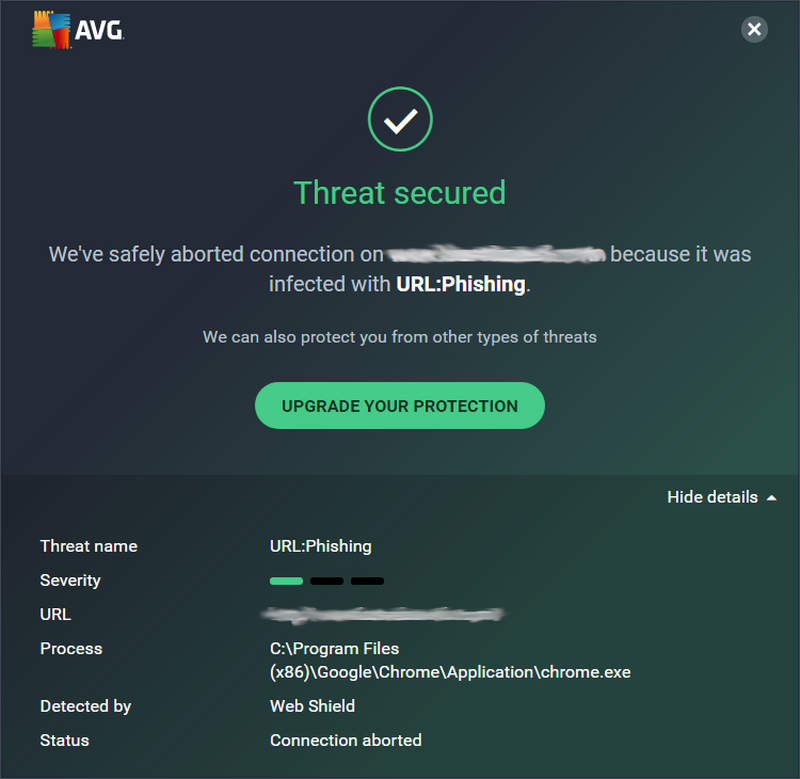
The issue arises when you receive such a notification without opening any web pages. This typically indicates that your computer is infected with malware, which forces your browser to open the malicious page. As a result, your security tool promptly blocks it. While the antivirus software has effectively thwarted the threat for now, it is crucial to remain vigilant, as there may come a time when a virus opens a page that escapes detection by your security tool.
The Severity of URL:Phishing
Anti-malware tools never block a page unless it contains forbidden content. If you encounter the URL:Phishing detection triggered by a virus, your PC may be in jeopardy. The initial damage to your computer may be inflicted by the malware upon injection. For instance, if it is a browser hijacker or adware, it alters your web browser’s configurations. The virus gains control over your browser, enabling it to collect data about your activities and display advertisements. If you value your privacy, it is imperative to scan your computer with anti-malware software.
However, the problems stemming from the specific malware do not end there. These viruses can present you with advertisements that contain malicious links or offer to obtain additional malware. Malicious ads, commonly referred to as “malvertising,” are a prevalent method of malware distribution. It is crucial to exercise caution when encountering strange ads on websites, particularly if you did not intentionally visit them. Malware distributors employ this technique to propagate coin miners and scareware. Both types of viruses can severely impair your overall PC usage experience.
How Was the Virus Acquired?
Adware and browser hijackers are commonly distributed through outdated and uncomplicated methods. They are often spread through software bundling and malvertising. The specific form of these viruses may vary, ranging from browser plugins to simple applications or even browser toolkits.
Software bundling is a prevalent tactic employed by virus developers. Users who circumvent software licensing by cracking programs often unknowingly agree to include additional programs in the package, as they earn money through this practice. When installing software, carefully examine the installation window for indicators such as “Advanced installation settings” or similar options. The ability to disable the installation of malware is often hidden within such items.
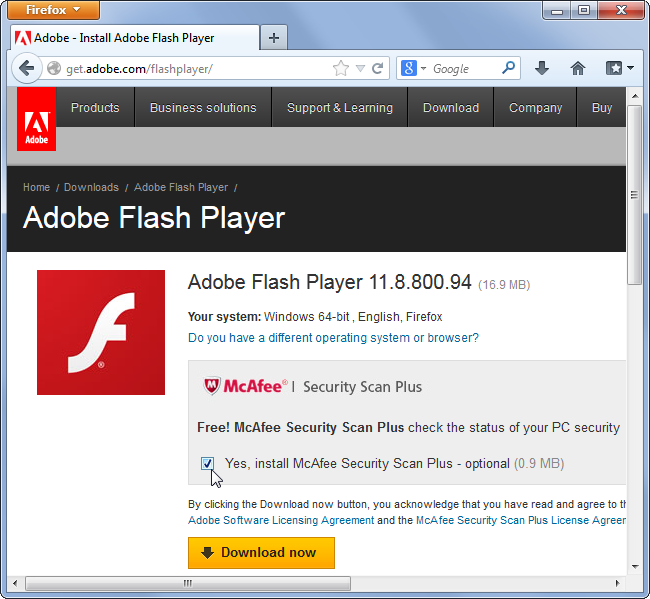
Example of bundled programs installation
The distribution of malware through malicious advertisements on the web is an age-old method. The advice to refrain from clicking on flashing advertisements on untrustworthy websites has been around as long as online ads themselves. Installing ad-blocking plugins for your web browser can also help deal with ads. However, ad blockers may prove ineffective if they are confronted with adware that has already infiltrated your PC.
How to Fix PC after the URL:Phishing?
As mentioned earlier, older versions of free antivirus software may struggle to accurately determine whether the URL:Phishing detection indicates a genuine problem or a false positive. To ascertain the nature of the detection, it is advisable to scan your device with antivirus software. This action can even be performed using the Avast or Avira security tools that display the URL:Phishing notification. However, it’s important to note that free versions of these antivirus programs may not have the capability to remove viruses. In such cases, I recommend using GridinSoft Anti-Malware. This program can effectively remove viruses and receive daily database updates, ensuring comprehensive protection.
Remove the viruses with GridinSoft Anti-Malware
- Download GridinSoft Anti-Malware by pressing the button above. Install it to proceed with the malware removal. Right after the installation program will offer you to start the Standard scan.
- Standard scan takes 3-6 minutes. It checks the disk where the system keeps its files. The majority of viruses place their files on that disk.
- After the scan is over, you can choose the action for each detected malicious item. For adware and browser hijackers, the default action is “Delete”. Press “Apply” to remove the viruses from your computer.
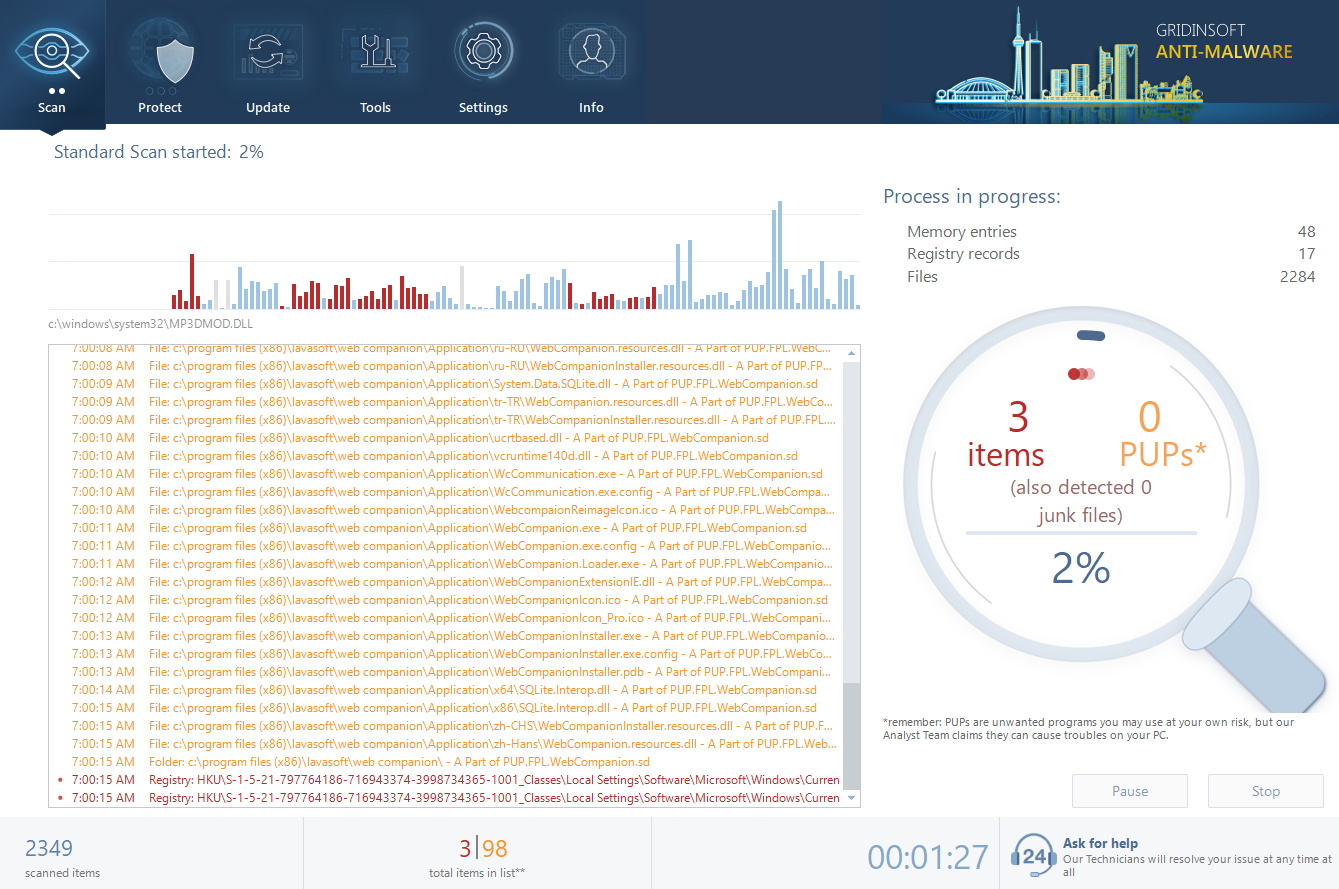
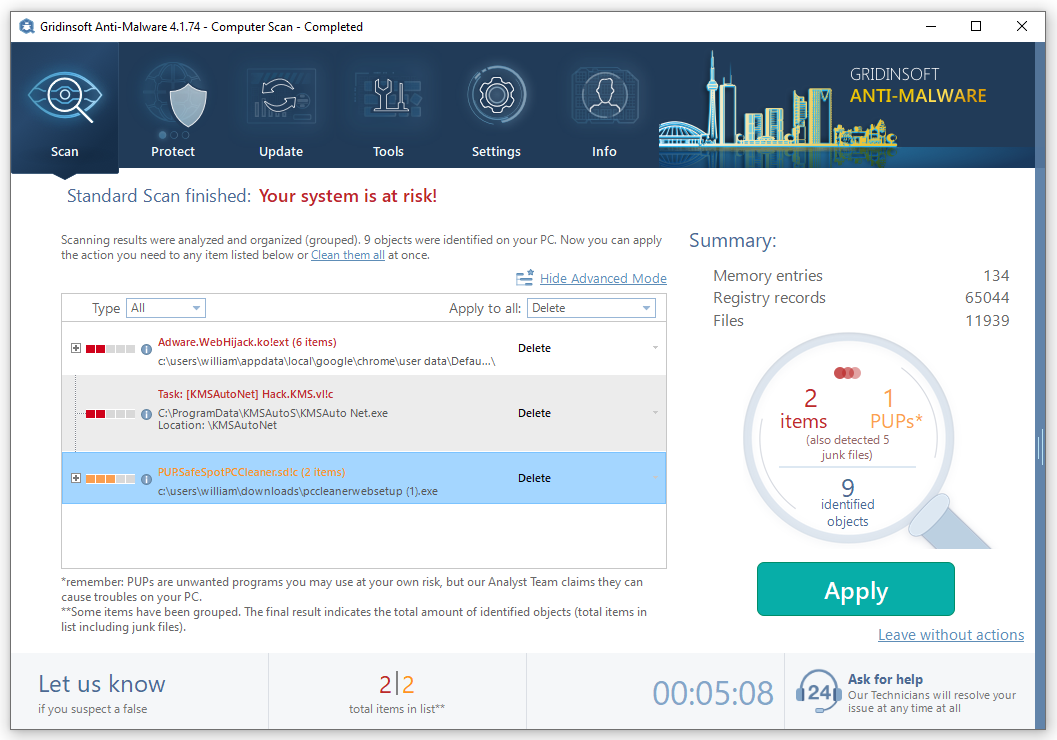
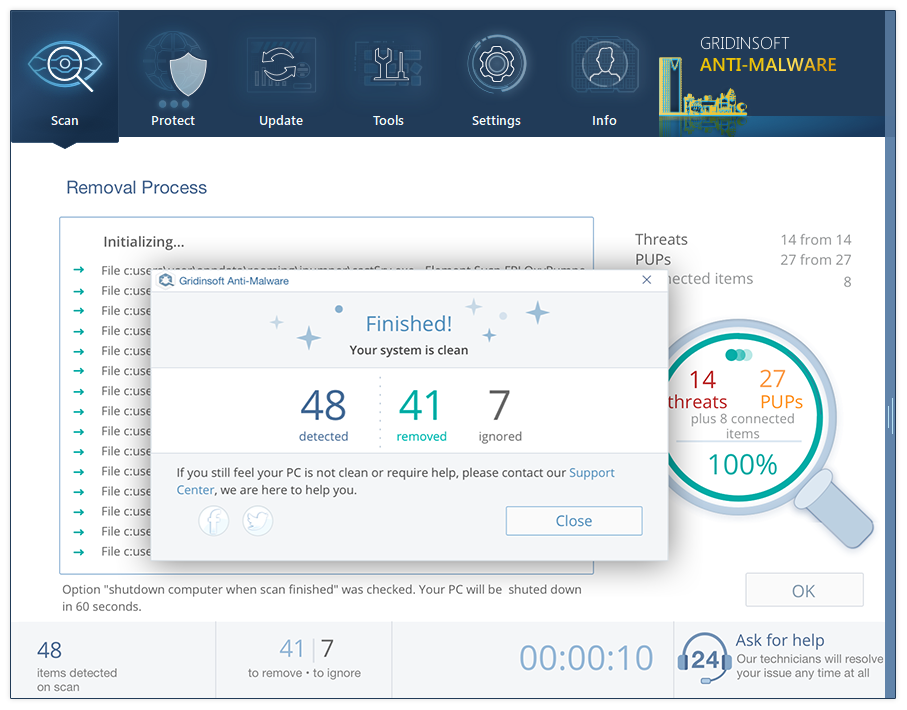
Avast Detections
- URL:Scam
- IDP.ALEXA.54 Dangerous or Avast (AVG) False Positive?
- IDP.HEUR.26 Malware: A Complete Removal Guide
- IDP.Generic Malware ✔️ Avast IDP Generic Detection
- Win32:BogEnt Virus (Avast Detection)
- Win32:Trojan-gen Avast Virus
- URL:Phishing Avast Virus Detection: What Is It?
- URL:TechScam Avast Virus (TechScam Detection)
- URL:Blacklist (Blacklisted URL) Avast Detection
- IDP.HEUR.24 Virus Detection by Avast
User Review
( votes)